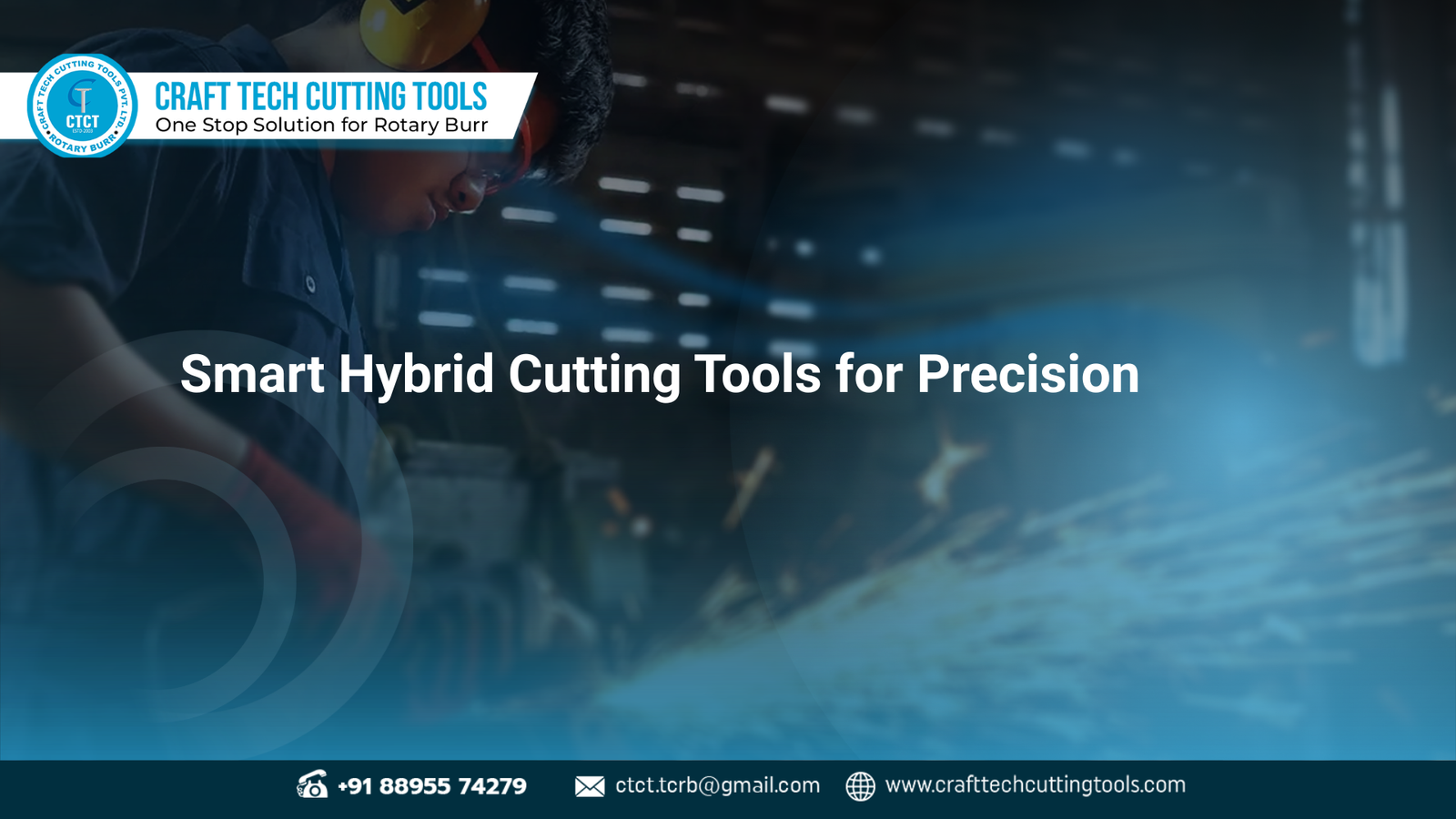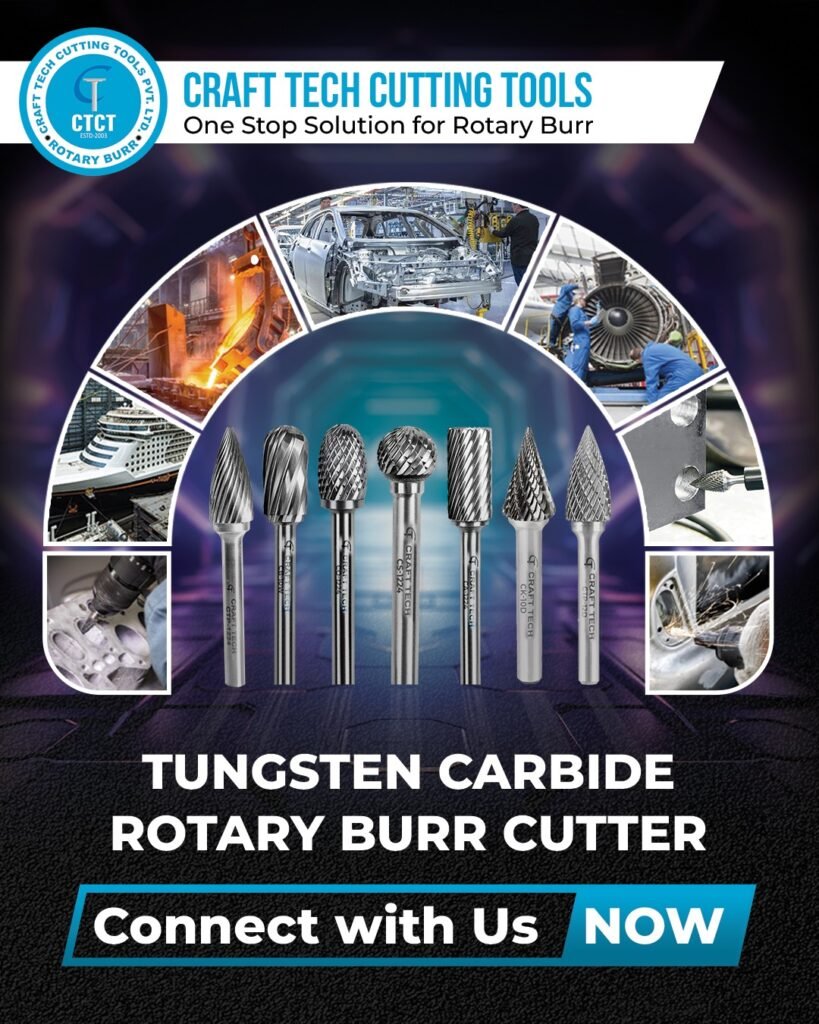In today’s competitive world of manufacturing, efficiency and innovation go hand in hand. Businesses are constantly searching for tools that not only deliver precision but also adapt to the growing demand for automation and sustainability. This is where Smart Hybrid Cutting Tools are making a remarkable impact. By combining the strength of traditional cutting techniques with the intelligence of modern technology, they are reshaping the future of machining.
Why Hybrid Tools Matter
Traditional cutting tools have always been reliable for industries like automotive, aerospace, and construction. However, they often lack adaptability and real-time monitoring. On the other hand, smart technology offers data-driven insights but cannot replace the durability of tried-and-tested designs. When these two strengths merge, industries gain a powerful tool that is precise, efficient, and cost-effective.
Features That Stand Out
One of the biggest advantages of hybrid tools is real-time feedback. Sensors embedded within these tools can monitor temperature, vibration, and wear during operations. This data allows manufacturers to predict tool life, minimize downtime, and avoid costly errors. At the same time, the robust design of traditional cutting edges ensures durability under heavy workloads.
Benefits for Industries
Companies adopting hybrid tools enjoy:
-
Higher productivity through reduced machine stoppages.
-
Better accuracy in shaping complex parts.
-
Lower operational costs with predictive maintenance.
-
Eco-friendly solutions by reducing waste and energy use.
The Future of Machining
As industries embrace automation and smart factories, hybrid tools will play a critical role in bridging the gap between old and new. They offer a practical way to upgrade existing systems without replacing them entirely, making them a cost-effective investment for both small and large manufacturers.
In conclusion, Smart Hybrid Cutting Tools are not just a trend—they are the future of precision engineering. By blending tradition with technology, they ensure industries can stay competitive, innovative, and sustainable in the years to come.


